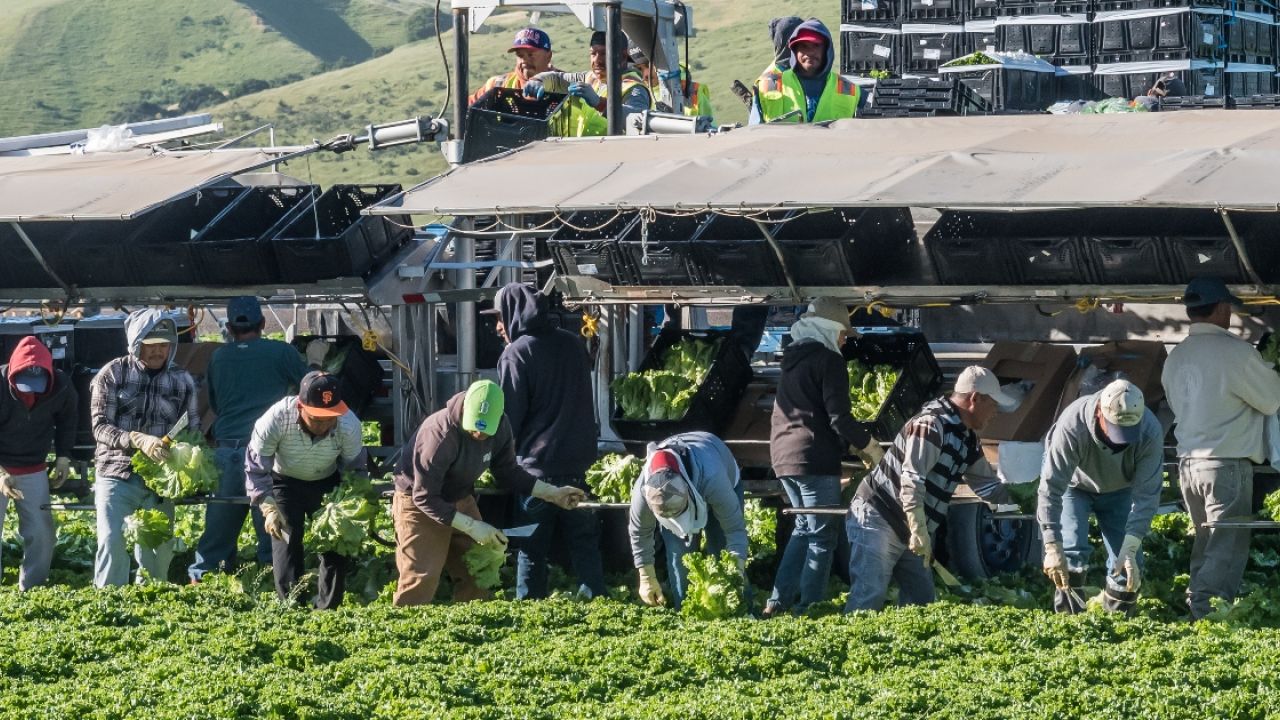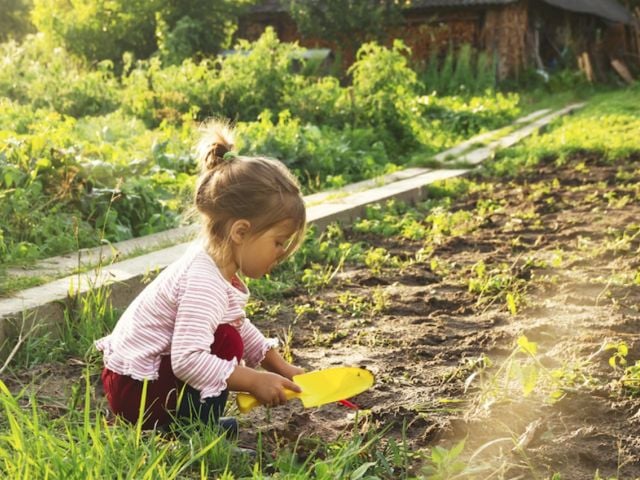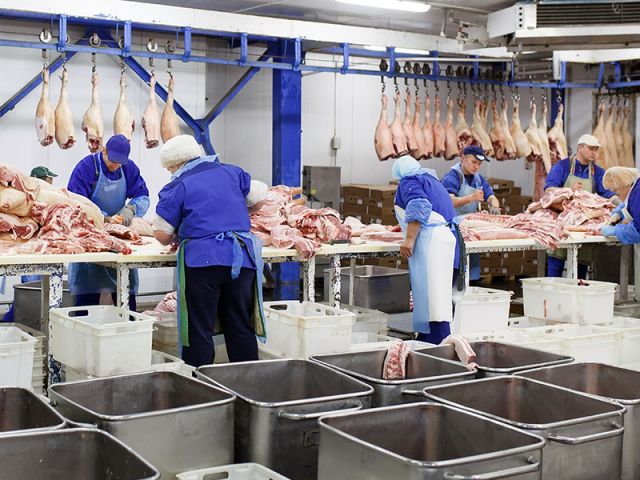
The vast majority of U.S. farms earn less than $1 million in annual revenue, and they have suffered a large share of all reported COVID-19 outbreaks on farms. These smaller farms, which supply nearly 60 percent of the nation’s agricultural production, need help the most – yet most pandemic relief funds from the Department of Agriculture will go to the largest farms.
Although many of the largest farms have also reported outbreaks, an EWG analysis finds that nearly one-third of reported outbreaks have hit these smaller farms.
EWG analysis of previous bailout payments made by the USDA under the Market Facilitation Program, or MFP, showed that the top one-tenth of recipients received 54 percent of all payments. The top 1 percent of MFP recipients received, on average, $183,331 while the bottom 80 percent received, on average, less than $5,000.
This pattern is likely to continue under the current COVID-19 relief packages being considered by Congress, leaving smaller farms disadvantaged and inadequately supported, even as cases are rising among farmworkers. Some smaller operators may not even be aware that they qualify for assistance.
Reported COVID-19 Outbreaks at Farms With Less Than $1 Million in Annual Revenue
|
Company |
Annual Revenue |
Reported Cases |
|
Concord, N.C. |
>$1 million (est. ) |
|
|
Ivanhoe, N.C. |
$872,000 |
|
|
Scott’s Strawberry & Tomato Farms Unicol, Tenn. |
$705,000 |
|
|
Maroa Farms Coldwater, Mich. |
$425,000 |
|
|
Washingon, Iowa |
$348,000 |
|
|
Greensboro, N.C. |
$230,000 |
|
|
Alco Harvesting Santa Maria, Calif. |
$215,000 |
|
|
Willow Spring, N.C. |
$204,000 |
|
|
Olympia, Wash. |
$190,000 |
|
|
Harrels, N.C. |
$66,000 |
|
|
Clinton, N.C |
$53,000 |
|
|
Falson, N.C |
$39,000 |
|
|
Hood River, Ore. |
Unknown |
Source: EWG search of news articles, April 1 – July 31, 2020, and Dun & Bradstreet
To date, more than 5,600 farmworkers have tested positive for COVID-19, and at least six have died. Farmworkers often live and work in crowded spaces where they lack enough room for social distancing or personal protective equipment, all of which makes them more vulnerable to the spread of COVID-19.
The Trump administration has so far refused to require mandatory farmworker protections and only 10 states have adopted mandatory protections. More than half of reported outbreaks have occurred in states without mandatory protections, EWG found.
The Heroes Act passed by the House would compel the Occupational Safety and Health Administration, or OSHA, to issue emergency standards to protect food and farm workers across the country. By contrast, the COVID-19 relief package proposed by Senate Majority Leader Mitch McConnell (R-Ky.) does not require OSHA to issue national standards or provide any funding for personal protection equipment for farmworkers.
If many farmworkers get sick, food prices could increase, studies show. Meat shortages have contributed to the biggest increase in food prices since 2011.



